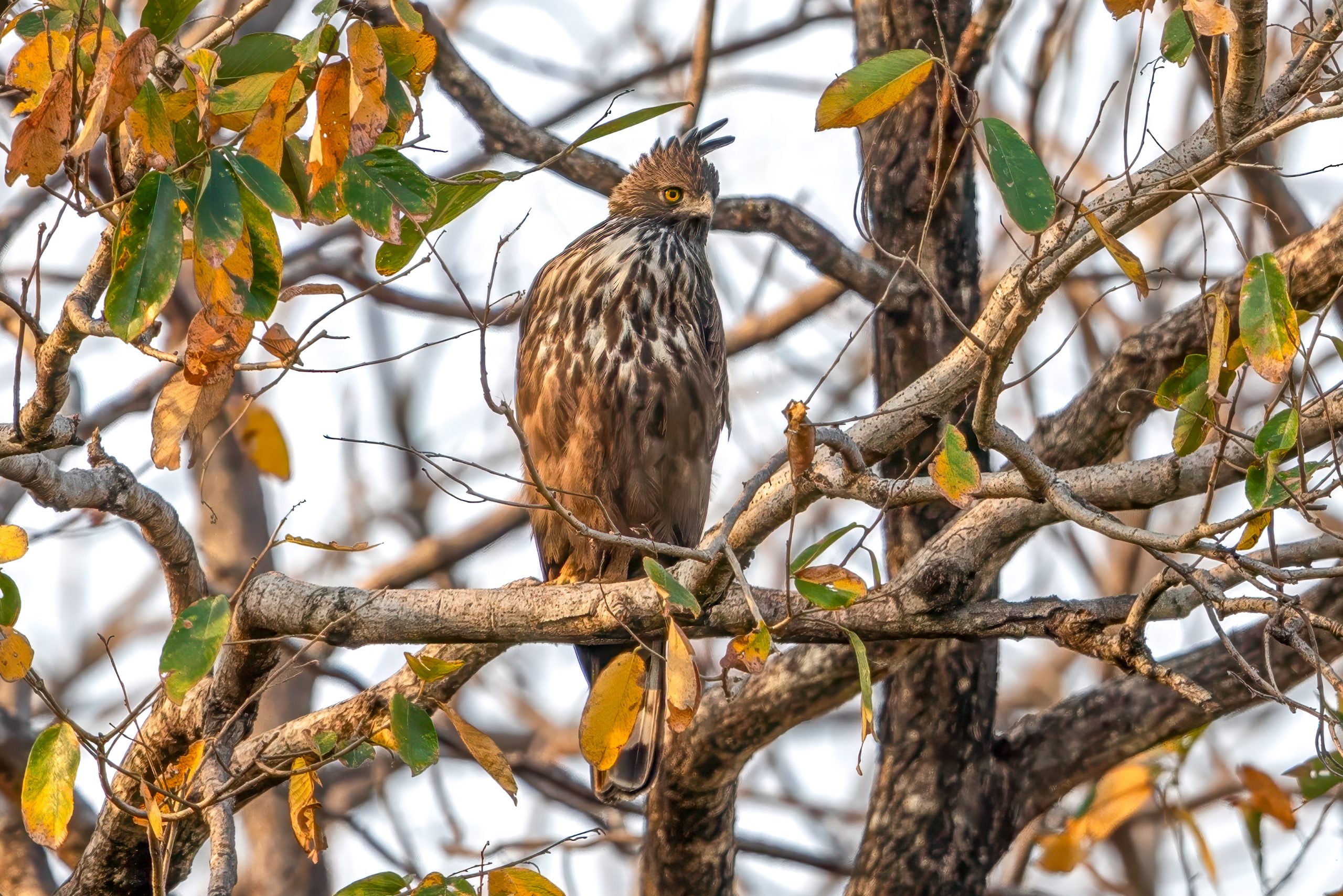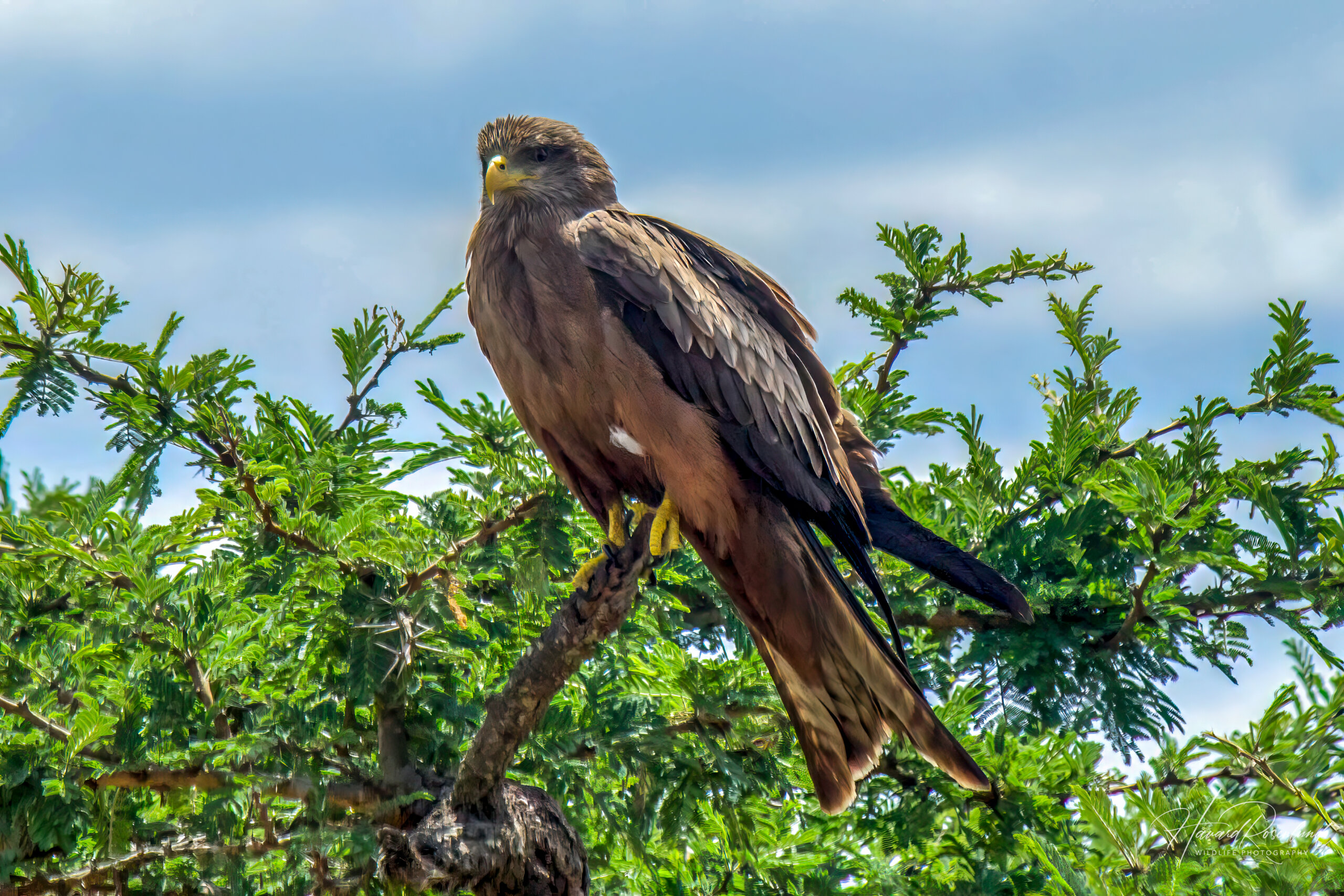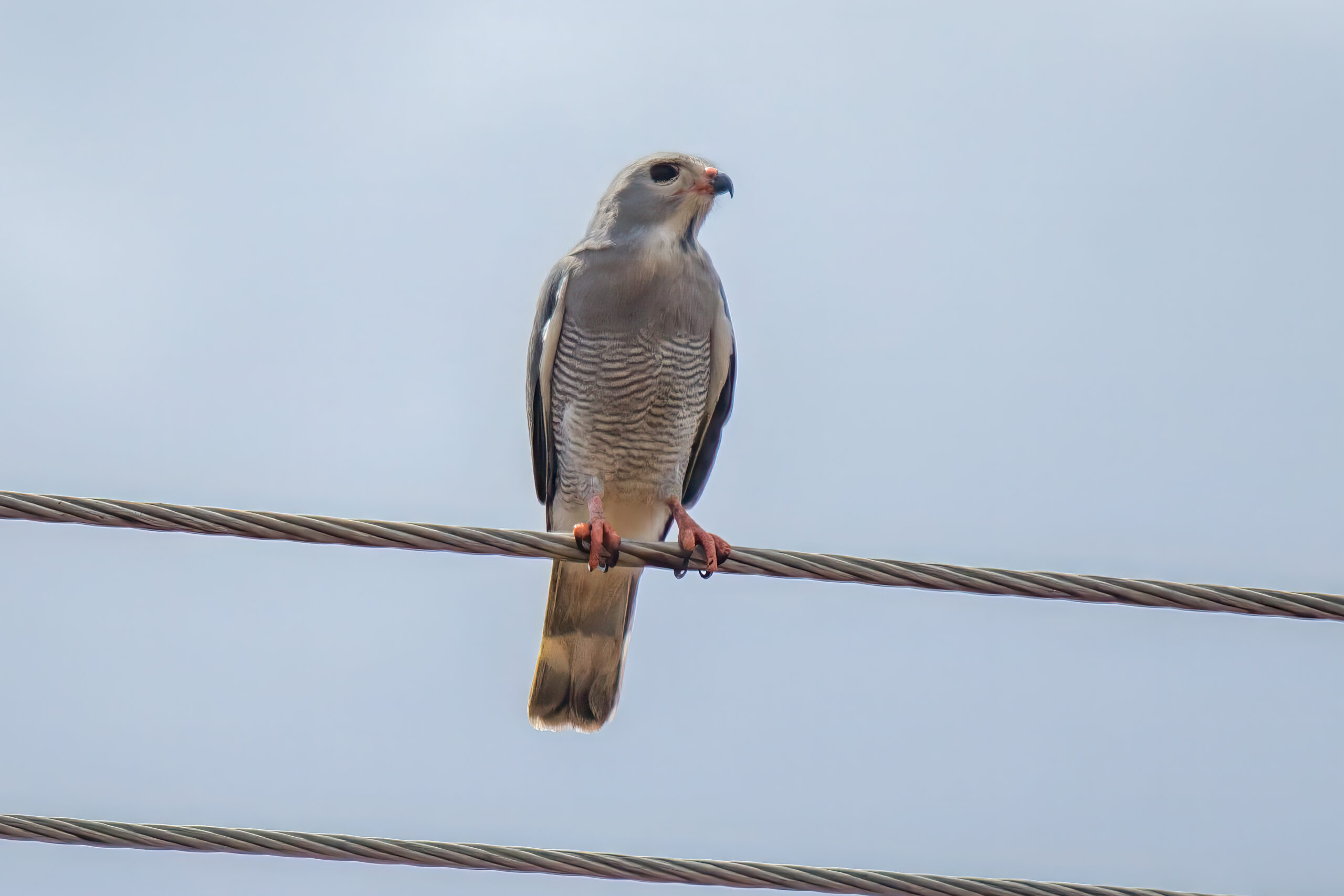Description
The common kestrel (Falco tinnunculus), also known as the Eurasian kestrel, is a small bird of prey found across Europe, Asia, and Africa. It typically measures about 27-35 cm (10.6-13.8 in) in length, with a wingspan ranging from 57 to 79 cm (22-31 in). The males are distinguished by their rust-colored backs, slate-gray heads, and a black-tipped grey tail. Females and juveniles have brown streaked plumage and barred tail, which helps in camouflage. Both sexes have a characteristic black stripe beneath the eyes, often called a “moustache.” The common kestrel differs from similar species like the lesser kestrel (Falco naumanni) by its more pronounced black markings and larger size.
Diet & habitat
Common kestrels are versatile hunters, primarily feeding on small mammals, birds, and insects. Their diet often includes voles, mice, and other small rodents, which they spot from a perch or while hovering in flight. This species is well-adapted to a variety of habitats, including open countryside, farmland, heathland, and even urban areas. Their ability to hover allows them to hunt efficiently in different environments, particularly where prey might be hidden in vegetation.
Behavior
Kestrels are known for their distinctive hunting behavior, often seen hovering in the air with rapid wing beats, using their keen eyesight to spot prey below. They are solitary hunters but may be seen in small groups, particularly during migration or in areas with abundant food. Kestrels communicate through a series of calls, especially during the breeding season or when threatened.
Migration
The migratory behavior of the common kestrel varies across its range. Northern populations are typically migratory, traveling to sub-Saharan Africa or southern Asia during the winter months. Kestrels in milder climates may remain in their territories year-round. Migration distances can vary widely, with some individuals traveling several thousand kilometers.
Nesting
The breeding season for the common kestrel usually begins in spring, around March to June, depending on the region. They often use old nests of other birds, cliff ledges, buildings, or tree cavities for nesting. A typical clutch consists of 3-6 eggs, which are incubated by the female for about 28-32 days. The male provides food during incubation and helps feed the chicks after they hatch. Fledging occurs approximately 30-35 days after hatching, although young kestrels remain dependent on their parents for several weeks thereafter.
Status
The common kestrel is currently listed as least concern on the IUCN Red List, due to its wide distribution and large population . However, populations have declined in some areas due to habitat loss, agricultural practices, and pesticide use, which reduce prey availability. Conservation efforts include monitoring populations and protecting key habitats.







